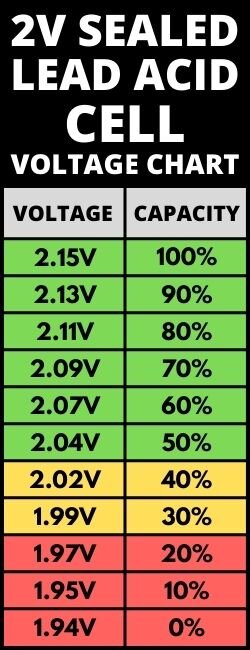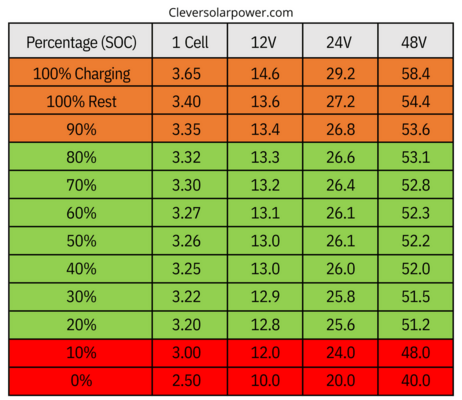Lou Schneider
Site Team
- Joined
- Mar 14, 2005
- Posts
- 13,256
For some reason the price of lithium batteries is dropping sharply. A month or two ago $350 was the price floor for a basic 12 volt, 100 a/h lithium battery. Now you can get ones with cold temperature charging protection for that price.
Amazon is offering the TimeUSB battery for $215 including free shipping. This is by far the lowest price I've ever seen for a 100 a/h lithium battery.
TimeUSB has decent reviews and their only drawback is like many other low cost batteries they lack cold weather charging protection, so keep them warm (above freezing) in the winter. I don't have any affiliation with the company and this is not an Amazon Affiliate link, I just want to pass along a great deal.
https://www.amazon.com/Timeusb-LiFePO4-Lifetime-Off-grid-Applications/dp/B0BBZL5BPR
Amazon is offering the TimeUSB battery for $215 including free shipping. This is by far the lowest price I've ever seen for a 100 a/h lithium battery.
TimeUSB has decent reviews and their only drawback is like many other low cost batteries they lack cold weather charging protection, so keep them warm (above freezing) in the winter. I don't have any affiliation with the company and this is not an Amazon Affiliate link, I just want to pass along a great deal.
https://www.amazon.com/Timeusb-LiFePO4-Lifetime-Off-grid-Applications/dp/B0BBZL5BPR



